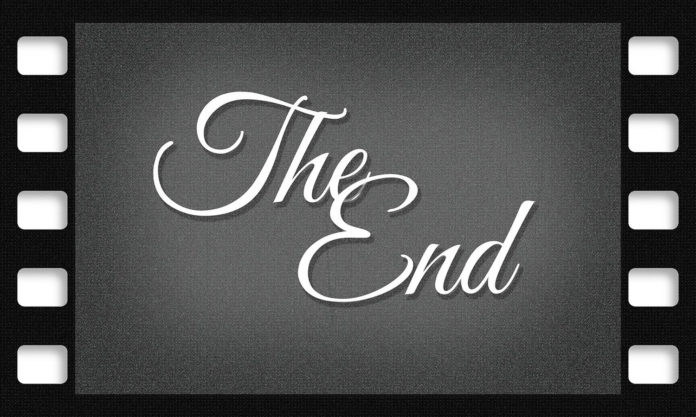
In a post on DIY MFA, Gilbert Bassey offers advice for writing a great ending to your novel. “No matter how interesting other parts of the story are, without a solid ending, the audience usually remembers the story as boring,” he says.
As your novel begins with a journey, it ends with a sense of closure and resolution. Fortunately, “endings” take about 25 percent of your story (though we don’t recommend counting words to arrive at a percentage). This gives you room to maneuver. Bassey says your ending has to accomplish three things:
- Resolve all story questions. “This means that all the questions the audience gets from watching the beginning and the middle should be answered,” he says. “Remember that stories are journeys and that the audience who cares enough to watch the story till the end should leave feeling satisfied.”
- Build tension to the max. “If you follow the principle of continually rising tension, then the end must have the most emotional charge,” Bassey writes. “It must be the most emotionally tense aspect of the story. Otherwise, you are left with a flat ending.” To keep the tension high, you should max out the conflict, bring your hero face-to-face with their biggest obstacles, and increase the stakes.
- Show the transformation. “Any journey would be incomplete without some kind of transformation on the part of the characters,” Bassey says. “And the place to highlight that imprint is in the end.”
- Leverage surprise and suspense. You should aim for an inevitable ending, but not the one your reader might expect. Keep the audience guessing.
- Don’t use the first draft. Your first idea for your ending might not be your best, Bassey notes. As you write, your story evolves based on character evolution and your incorporation of new ideas. Be ready to alter your ending so that it fits the story you’ve told, not the one you imagined at the beginning.











